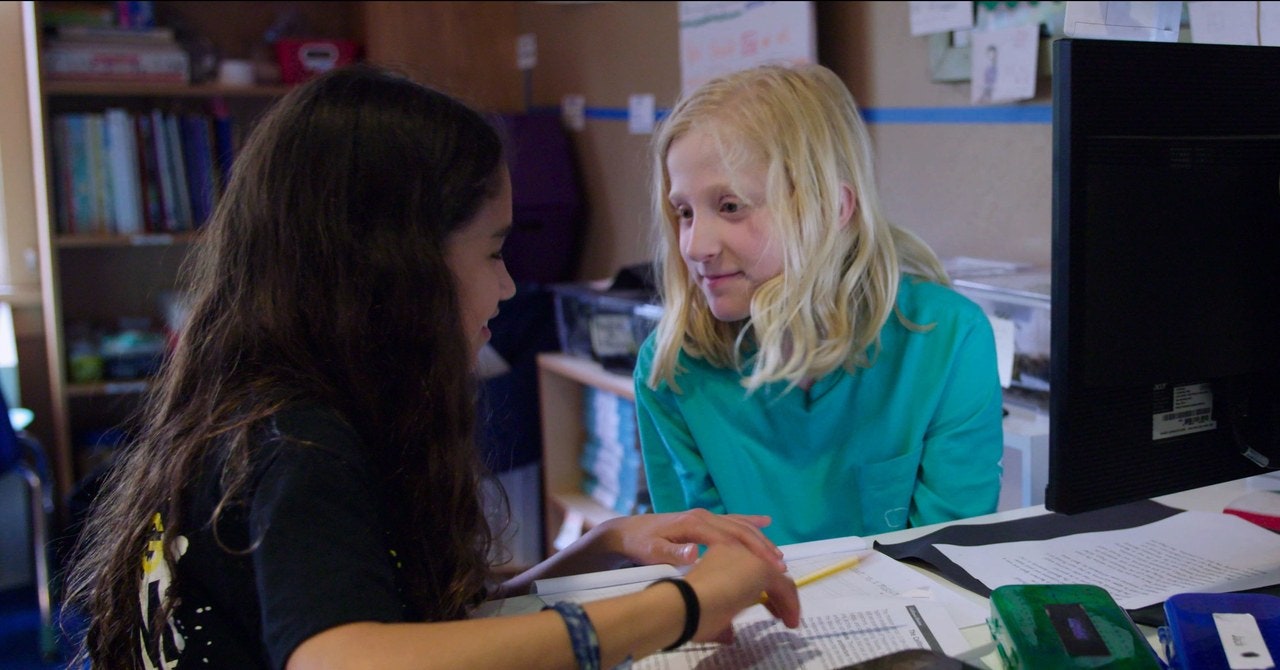Midday light streams through the windows of the Stanford Children’s Hospital in Palo Alto, California. In a bed too big for his child-sized body, David Sanchez sleeps among a tangle of tubes plugged into a port in his chest. A machine nearby draws blood out of his veins, exchanging his deformed red blood cells for a batch of plump round ones, donated by someone free of the genetic mutation Sanchez carries. Like other sickle cell disease patients, Sanchez requires one of these hematological tune-ups every four to six weeks. At least for now. Researchers at Stanford are testing a therapy to not just treat—but cure—his condition with the gene-editing technology Crispr.
This is the opening scene in the new documentary Human Nature, which will open on Friday in select US theaters and stream on Netflix this fall. The film tells the unlikely story of the discovery of one of the most revolutionary technologies of the modern era. Crispr makes it easy to rewrite the DNA of any living organism, handing humans the ability to profoundly alter the evolution of any species on the planet. But it didn’t arrive in a single burst of enlightenment. Figuring out what Crispr is, where its key bacterial genetic sequences come from, and what they could do with it took scientists scattered across the globe years of chipping away at a molecular mystery.
The thrill of incremental advances toward understanding Crispr’s true power underpins the central drama of Human Nature. Unlike prior efforts to acquaint the public with gene editing—including a Netflix docuseries called Unnatural Selection, which debuted in October with scenes of biohackers injecting Crispr into mastiff sperm—the new film takes its time with the science. After introducing us to David, it takes viewers to salt ponds and yogurt factories, tracing the early confounding days of Crispr research, when scientists kept finding its weird genetic pattern in bacteria, rather than plowing headlong into the technology’s most provocative potential uses. (It does eventually get there.)
An exclusive clip from the documentary Human Nature, which arrives in theaters March 13, 2020.
The film’s focus on science as adventure can be traced back to the project’s beginning. Journalist and coproducer Dan Rather had conducted an interview with Crispr luminary and UC Berkeley biochemist Jennifer Doudna in the spring of 2016. He reached out to Elliot Kirchner, an executive producer at the Wonder Collaborative, a scientific documentary organization based in San Francisco, about making a short explanatory film to be released online. But after holding a meeting with Doudna, the ge

